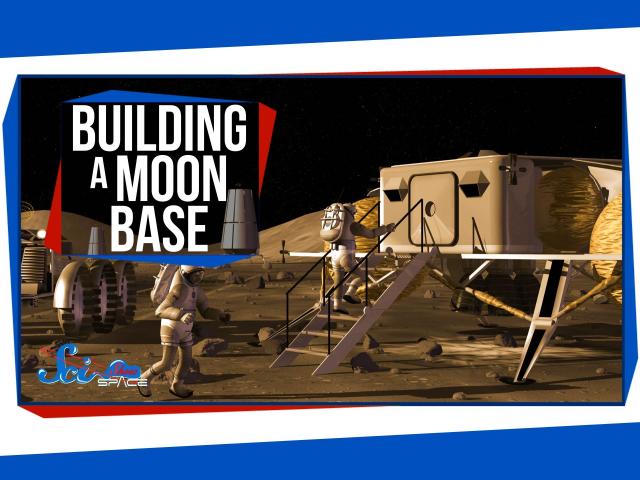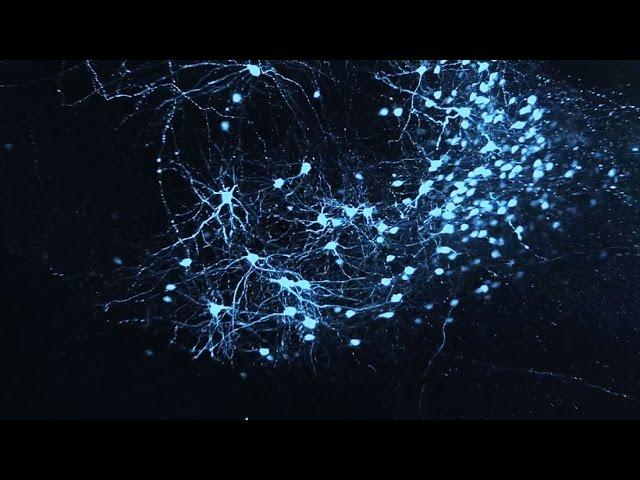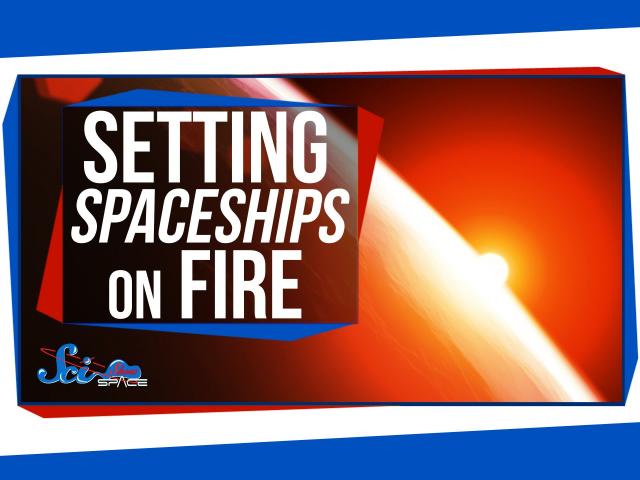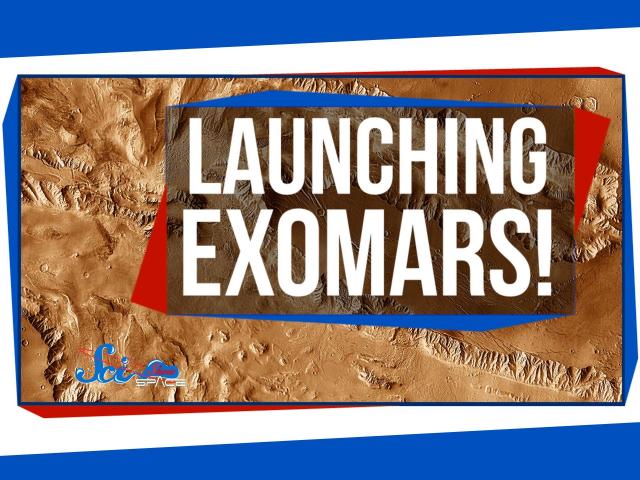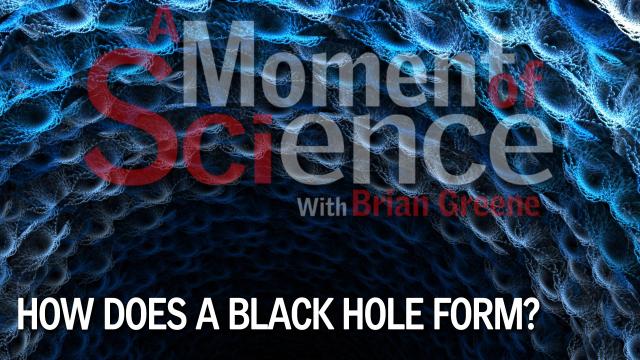Time Travel, Teleportation & Science
Time travel is the concept of moving between different points in time in a manner analogous to moving between different points in space, generally using a theoretical invention, namely a time machine. It has a commonly recognized place in philosophy and fiction, but has a very limited application in real world physics, such as in quantum mechanics or wormholes.
Although the 1895 novel The Time Machine by H. G. Wells was instrumental in moving the concept of time travel to the forefront of the public imagination, The Clock That Went Backward by Edward Page Mitchell was published in 1881 and involves a clock that allowed three men to travel backwards in time.[1][2] Non-technological forms of time travel had appeared in a number of earlier stories such as Charles Dickens' A Christmas Carol. Historically, the concept dates back to the early mythologies of Hinduism (such as the Mahabharata), Buddhism, and Islam through ancient folk tales. More recently, with advancing technology and a greater scientific understanding of the universe, the plausibility of time travel has been explored in greater detail by science fiction writers, philosophers, and physicists.
Teleportation, or Teletransportation, is the theoretical transfer of matter or energy from one point to another without traversing the physical space between them. It has a commonly recognized place in science fiction literature, film, and television, but as yet has a very limited application in real world physics, such as quantum teleportation or the study of wormholes.
Science (from Latin scientia, meaning "knowledge") is a systematic enterprise that builds and organizes knowledge in the form of testable explanations and predictions about the universe. In an older and closely related meaning, "science" also refers to a body of knowledge itself, of the type that can be rationally explained and reliably applied. A practitioner of science is known as a scientist.
In modern usage, "science" most often refers to a way of pursuing knowledge, not only the knowledge itself. It is also often restricted to those branches of study that seek to explain the phenomena of the material universe.
Source : Wikipedia
-
01:49
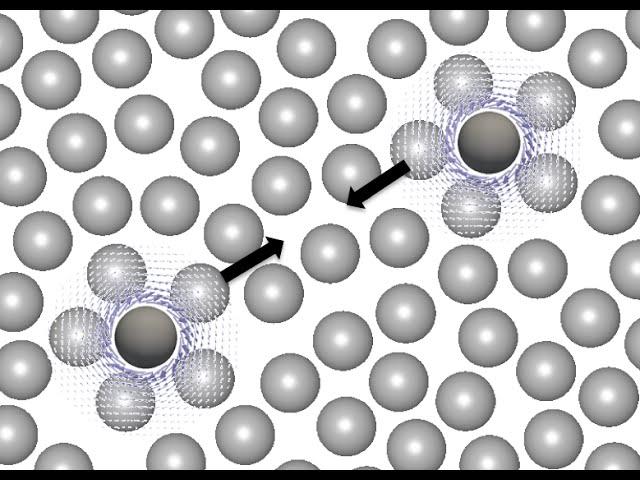
Particles attract across long distances
Added 720 Views / 0 LikesParticles attract across long distances
-
04:05

The Space Station's Inflatable Room
Added 637 Views / 0 LikesThe Space Station's Inflatable Room
-
02:12
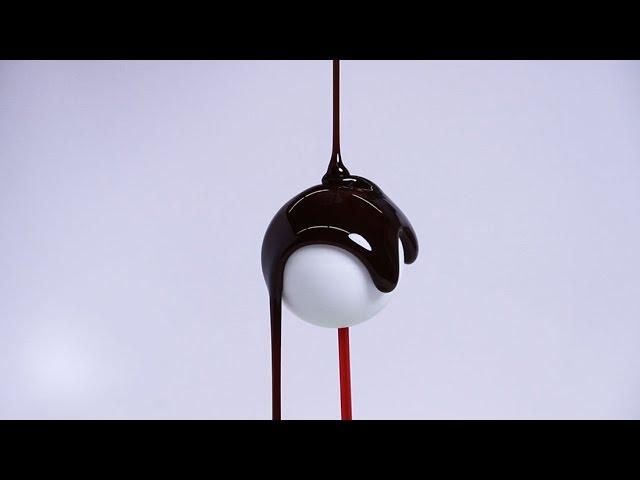
Chocolate-inspired theory predicts thickness of coatings
Added 747 Views / 0 LikesChocolate-inspired theory predicts thickness of coatings
-
03:59
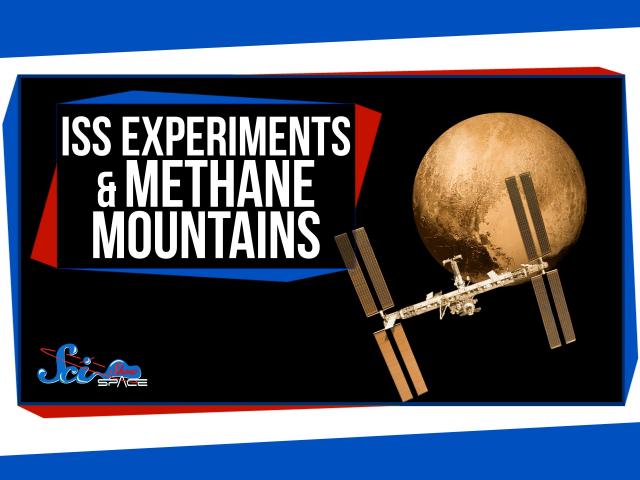
The Next ISS Experiments, and Pluto's Weird Methane Mountains
Added 688 Views / 0 LikesThe Next ISS Experiments, and Pluto's Weird Methane Mountains
-
02:42
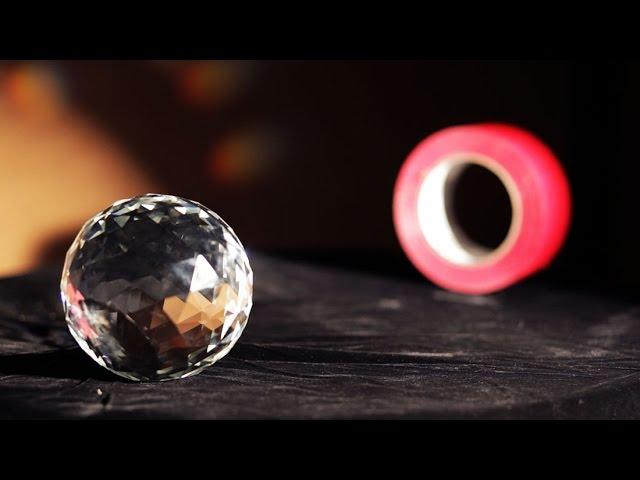
Making Creativity Visible: The MIT Museum Studio and Compton Gallery
Added 733 Views / 0 LikesMaking Creativity Visible: The MIT Museum Studio and Compton Gallery
-
05:14
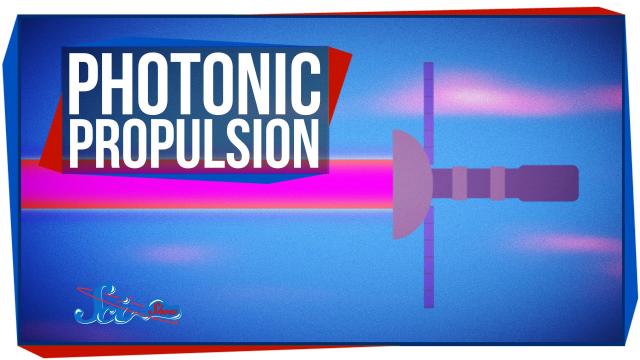
Photonic Propulsion: Mars in 3 Days?
Added 680 Views / 0 LikesPhotonic Propulsion: Mars in 3 Days?
-
03:47
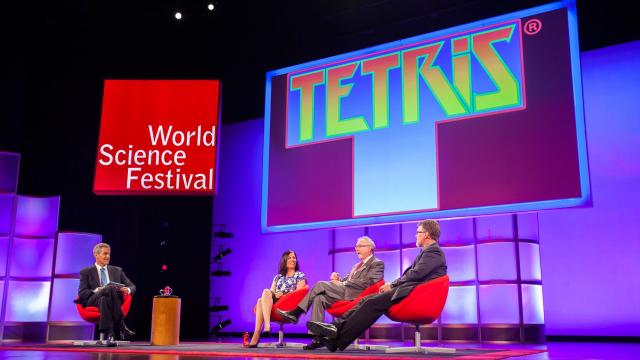
Proof That Tetris Makes You Smarter
Added 456 Views / 0 LikesProof That Tetris Makes You Smarter
-
01:01
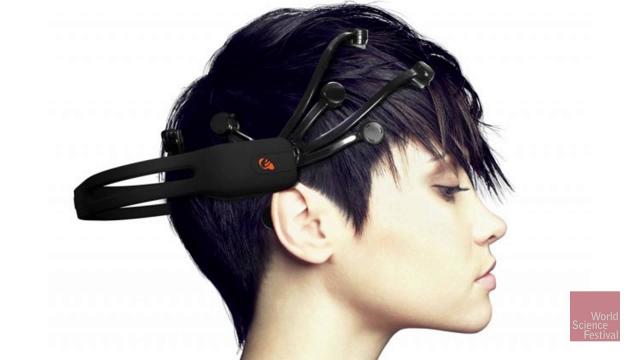
Who Will Regulate Transcranial Magnetic Stimulation (TMS)?
Added 609 Views / 0 LikesWho Will Regulate Transcranial Magnetic Stimulation (TMS)?
-
06:06
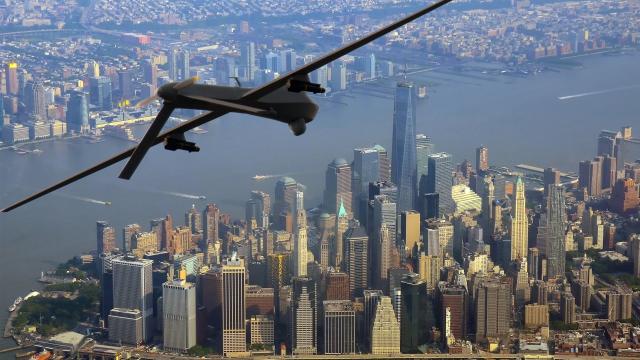
Brain Stimulation and Increased Focus of Drone Operators
Added 669 Views / 0 LikesBrain Stimulation and Increased Focus of Drone Operators
-
03:40
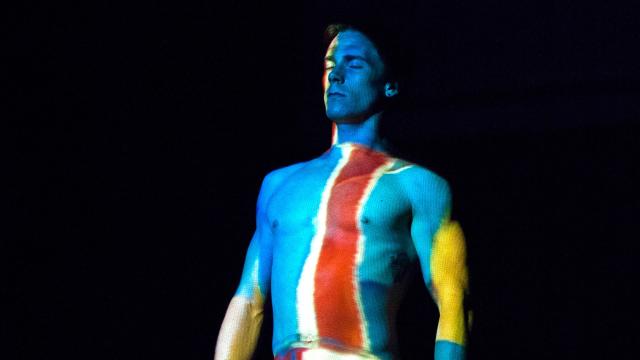
3D Projection Mapping From "Robot" by Blanca Li
Added 605 Views / 0 Likes3D Projection Mapping From "Robot" by Blanca Li
-
04:10
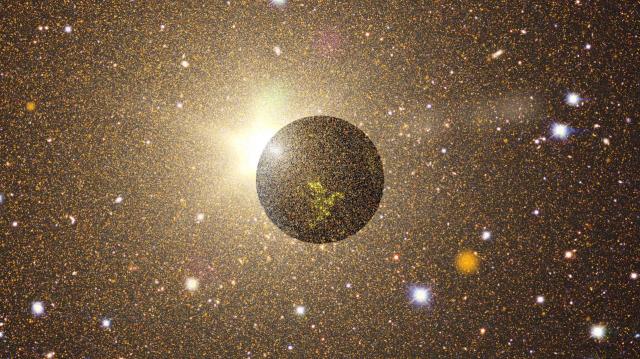
Tiny Ghosts(Neutrinos) - Music Video
Added 742 Views / 0 LikesTiny Ghosts(Neutrinos) - Music Video
-
02:26
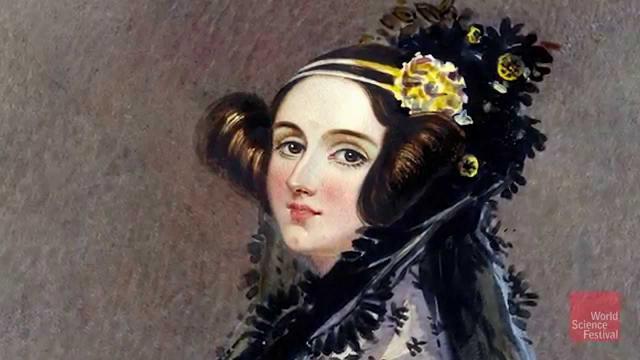
Ada Lovelace: The first digital innovator in the 1800's
Added 645 Views / 0 LikesAda Lovelace: The first digital innovator in the 1800's
-
02:38

Walking Through Walls and Quantum Annealing
Added 710 Views / 0 LikesWalking Through Walls and Quantum Annealing
-
03:07
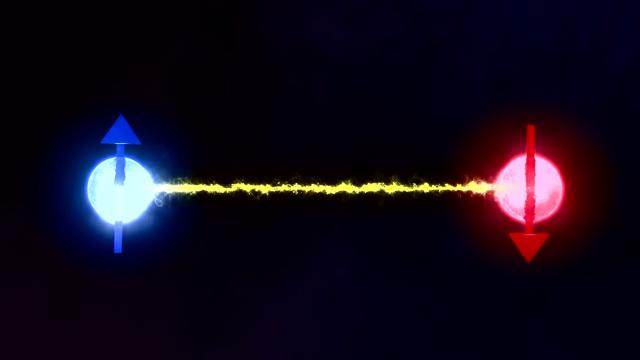
Can Quantum Codes Really Be Unbreakable?
Added 701 Views / 0 LikesCan Quantum Codes Really Be Unbreakable?


